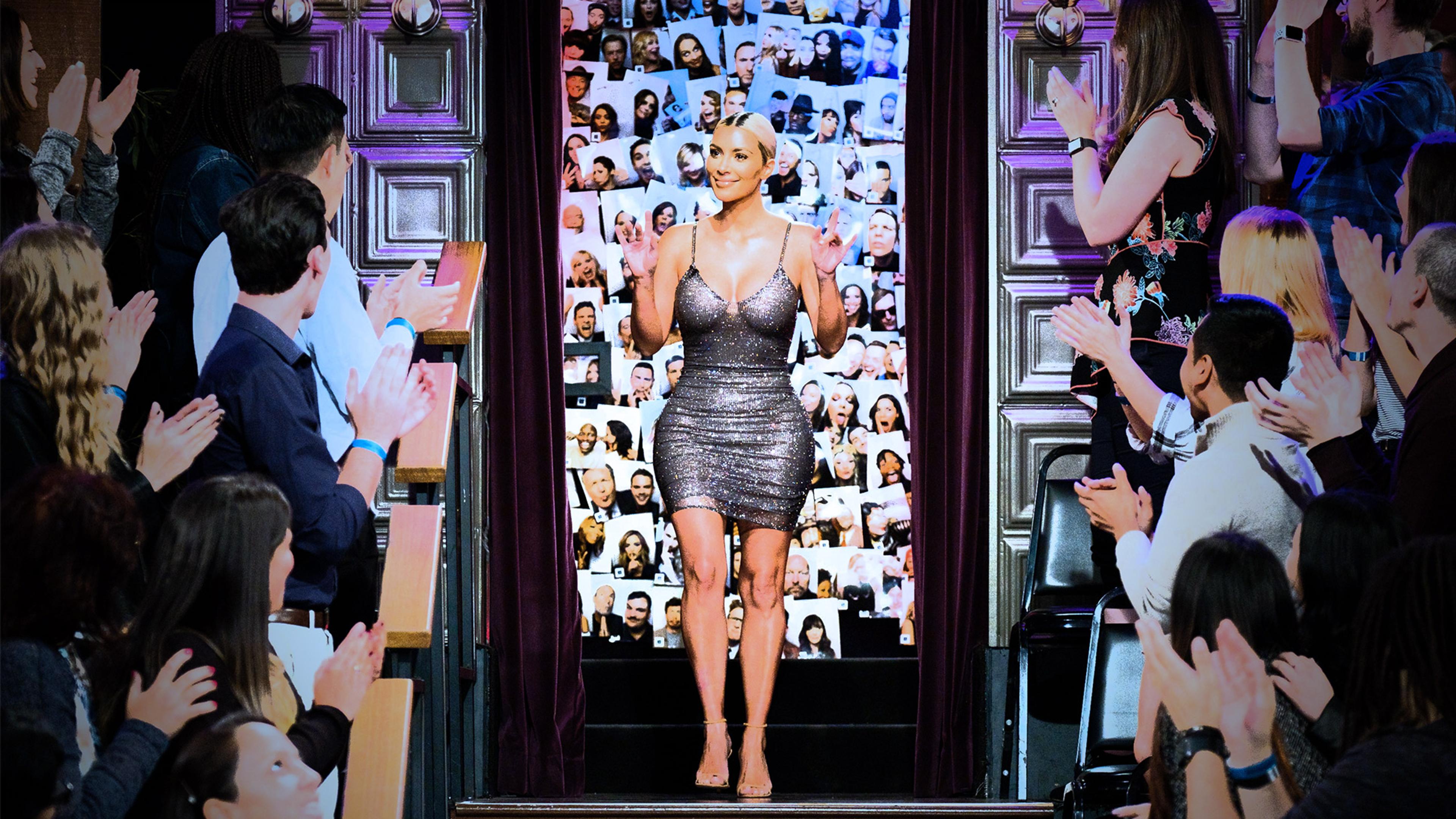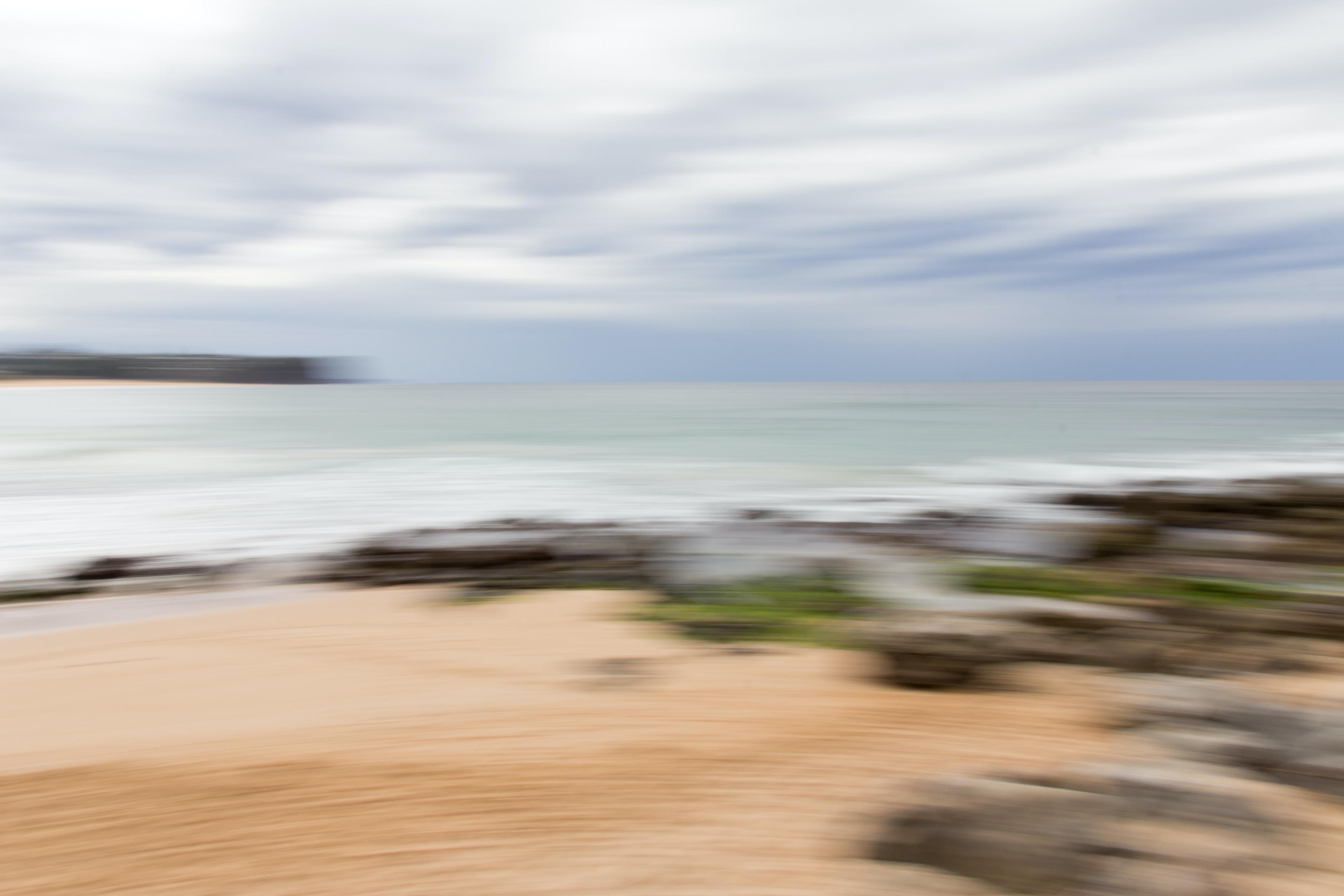It was a scorching Sunday afternoon. So I decided to sip iced tea and watch a cute blond boy – about my age, in brown shorts and a white polo shirt – play around in the open field with his baseball bat. For context, you should know that I was just a seven-year-old girl, living in a rural part of Lagos in Nigeria, daydreaming about the main character from a movie I could not finish watching because of a power outage. At this point, I had never even seen a blond person or a baseball bat in real life. This is my earliest memory of daydreaming.
At first, it was a harmless escape, a creative playground where my imagination ran wild. I’d conjure up scenes with made-up characters, weaving them seamlessly into the lives of celebrities I glimpsed in magazines or on my neighbour’s flickering television screen. Over time, I started daydreaming for hours – the daydreams would begin spontaneously – and sometimes I would wake up at night and daydream until dawn. In one vivid daydream, a bubbly new girl came to school and became my best friend, and finally stopped the bullying happening to me in class. In reality, she never came.
Things deteriorated when my parents’ sources of income declined, and it was hard to meet basic needs. Daydreaming became a salve for my inability to cope with the poverty that gripped our lives. In my mind’s eye, I wasn’t fetching buckets of water or dealing with a brachial plexus injury; I was living the luxurious lifestyle of Kimora, Kendra and the Kardashians. Why return to a world filled with struggle and stress when I could exist in my vivid daydreams? This imaginary world initially offered immense relief from real-life problems. However, in disrupting my waking activities, it would eventually begin to compound the emotional stress.
The term ‘maladaptive daydreaming’ (MD) was introduced by the clinical psychologist Eli Somer in 2002. It is a psychological phenomenon characterised by extensive daydreaming that replaces real-life human interaction and/or hampers an individual’s functioning in important areas, such as school or work. It involves vivid and immersive fantasy worlds that the person creates within their mind, often to cope with stress, anxiety or other emotional challenges. Many individuals with maladaptive daydreaming have a history of childhood trauma, abuse or emotional distress, and certain traits, such as high creativity and absorption, might predispose individuals to engage in it.
Maladaptive daydreaming often presents with features that overlap with other mental health conditions, making it a complex phenomenon to recognise and treat. For instance, the repetitive behaviours involved can resemble symptoms of obsessive-compulsive disorder (OCD). There is also an overlap between maladaptive daydreaming and attention-deficit/hyperactivity disorder (ADHD): having certain ADHD symptoms may contribute to some people’s inability to regulate daydreaming episodes; at the same time, extensive daydreaming may create a deficit in attention as a side-effect. Somer and colleagues have written that maladaptive daydreaming seems to be ‘neither completely independent from, nor entirely accounted for, by the presence of another disorder’.
Daydreaming became my constant refuge, a way to leave my body and numb the pain
This problematic pattern of daydreaming differs significantly from the sort of daydreaming that most people experience. My daydreams weren’t just harmless flights of fancy. Most times I would rehearse the same scenes over and over again in a corner of the room, slightly tweaking the conversations or facial expressions. I would cry when my characters cried, and I would laugh when they did. Although I would compulsively pace around while daydreaming, I tried my best to mask it as much as I could behind a facade of unassuming behaviour. My issue was not something I could openly discuss or seek help for, even though I wanted to. Where I’m from, anything remotely resembling a behavioural anomaly is often labelled an ‘affliction’ and met with suspicion.
Living with a brachial plexus injury brought further physical and emotional pain, thereby intensifying the frequency of my daydreams. Physiotherapy sessions left my body sore, and constant ridicule about my appearance from classmates overwhelmed me. Daydreaming became my constant refuge, a way to leave my body and numb the pain. I battled guilt, shame and frustration every time I succumbed to hours of daydreaming. Yet in these daydreams, an idealised version of myself was able to experience love, acceptance and wholeness.
I attempted to go cold turkey, vowing to quit altogether. But even the sounds of music could trigger episodes that spiralled into hours of immersive escape. I’d often berate myself, desperately pleading with God to ‘fix’ my brain. As I transitioned into adulthood, maladaptive daydreaming began to exert a pervasive influence, interfering with my social interactions and academic pursuits. I had been privileged enough to have friends and family pool resources for me to study at university. But I found it hard to focus, especially when courses were online due to COVID-19. I could spend five hours daydreaming while an assignment deadline stared me in the face. This struggle took a toll on my overall academic performance, costing me a promising internship and career opportunities. It also disrupted my sleep patterns while increasing my stress, anxiety and dissatisfaction with reality. Instead of engaging with my real friends, I preferred to retreat into fantasy. Even basic tasks like cooking, cleaning and personal hygiene became daunting challenges.
As the chasm between my dreams and reality grew wider, I felt helpless to bridge it. At the age of 19, in secret, I finally sought medical advice. The therapist I reached out to online offered to help, but the commute from our rural dwelling to the distant clinic was costly and logistically challenging. Besides, in a place where mental health issues are often disregarded and dismissed, my condition was largely misunderstood even by professionals who tried to help. Maladaptive daydreaming is also not currently listed in official classification texts such as the latest edition of the Diagnostic and Statistical Manual of Mental Disorders (DSM-5-TR), and psychiatrists are largely unaware of it.
So, I had to learn to manage my condition without professional help and in silence. It wasn’t easy, and the journey has been filled with setbacks and moments of despair. But I have found a number of strategies helpful, some developed independently and others learned from people who have had similar experiences.
1. Seeking support
I used to think I was the only one dealing with it, but a few years ago, I discovered an online community of individuals from around the world who shared my struggle with maladaptive daydreaming. It was a sanctuary where I could finally speak openly about my challenges without fear of judgment or misunderstanding. I encountered others who understood the profound grip of this problem, people who didn’t ask ‘Why don’t you just stop?’ but rather offered empathy, support and practical advice. I also opened up for the first time to my close friend, and I don’t feel so alone anymore. Reduced feelings of isolation have lessened the need to resort to maladaptive daydreaming.
2. Staying present
One of the early techniques I adopted was staying present: I would place my hand on my chest to feel my heartbeat or count the leaves on a branch nearby to keep my focus on the moment. Essentially, I was practising mindfulness. By drawing my attention to the here and now, I gained greater control over my daydreaming tendencies. It made me more conscious of triggers such as early mornings, soap operas, intense conversations, conflicts with relatives and repetitive tasks, along with the sensations I experienced during my daydream episodes.
3. Physical activities
Engaging in physical activities that demanded my full attention helped divert my mind from daydreaming. Hobbies like painting, skipping rope, photo poetry and even papercraft became valuable tools in my arsenal. I also volunteer in my local community once a week to teach underprivileged teens important life skills; this, in particular, has helped me immensely. As I spent more time getting active out in the world, I also minimised my use of social media, which had tended to heighten feelings of inadequacy while providing fodder for daydreaming. I started to notice less compulsive daydreaming when my social apps were deactivated.
4. Creating time boundaries
I realised early on that I needed to set up boundaries between my daydreaming and my daily life. Setting specific times for activities allowed me to maintain a degree of control over my compulsions. I would set alarms and reminders with labels like ‘Study five pages of recommended constitutional law textbook’ or ‘Text Timi and Sarah’. Over time, I managed to reduce the frequency and duration of my daydreaming episodes by setting these time boundaries. Similarly, cognitive behavioural therapy (CBT) sometimes involves scheduling specific activities at designated times and helping individuals create structured routines.
5. Self-compassion
Perhaps the most challenging and transformative lesson was learning to be kind to myself. I had to accept that maladaptive daydreaming was not a character flaw and that nothing was fundamentally wrong with my brain. Treating myself with compassion allowed me to gradually reduce the grip that daydreaming had on my life. I wanted to be loved as someone normal and whole, a desire that fuelled my daydreams. Now I channel that quest for love differently.
Breaking free from maladaptive daydreaming is an ongoing process for me; there are still days I slip, but I try to accept that without judging or criticising myself. I am not as overwhelmed as I used to be. I hope that, as awareness of mental health issues grows in my country and more research is done on this experience specifically, other individuals like me – who yearn for a life less consumed by escapes into fantasy – will find the support and understanding they need.








